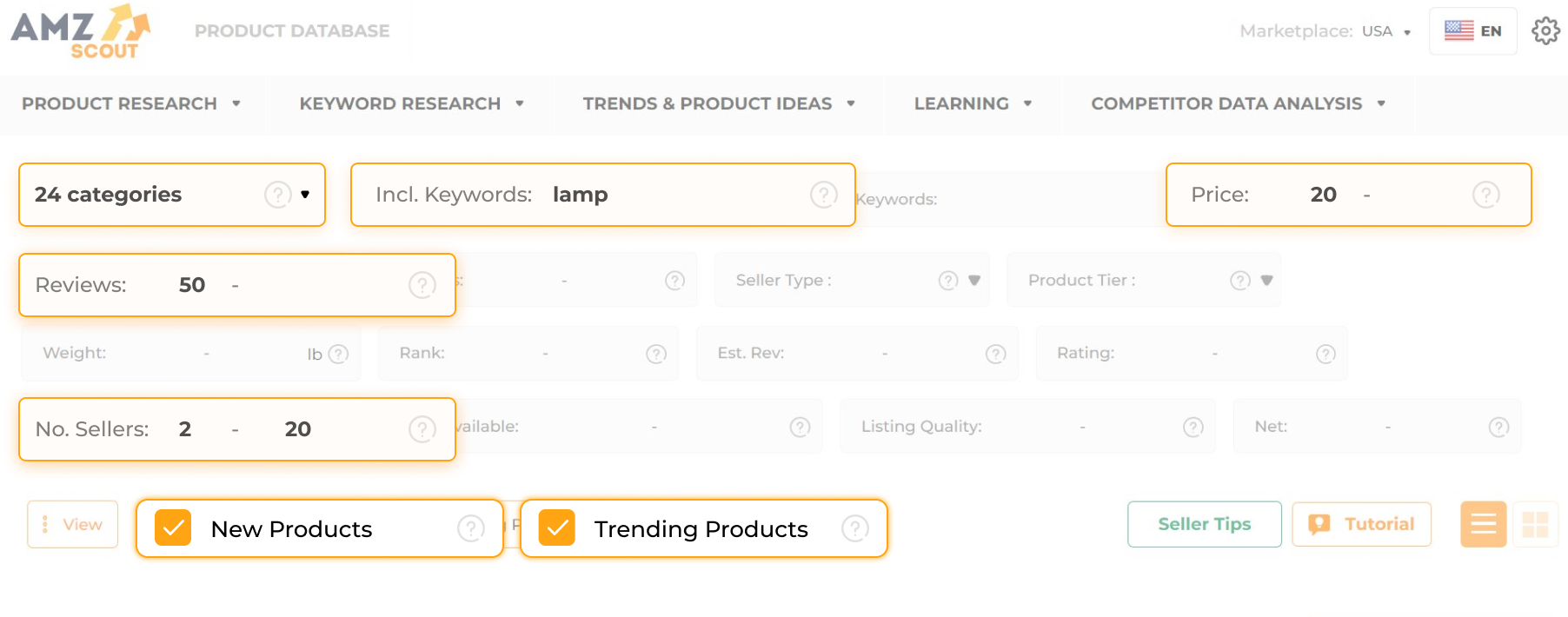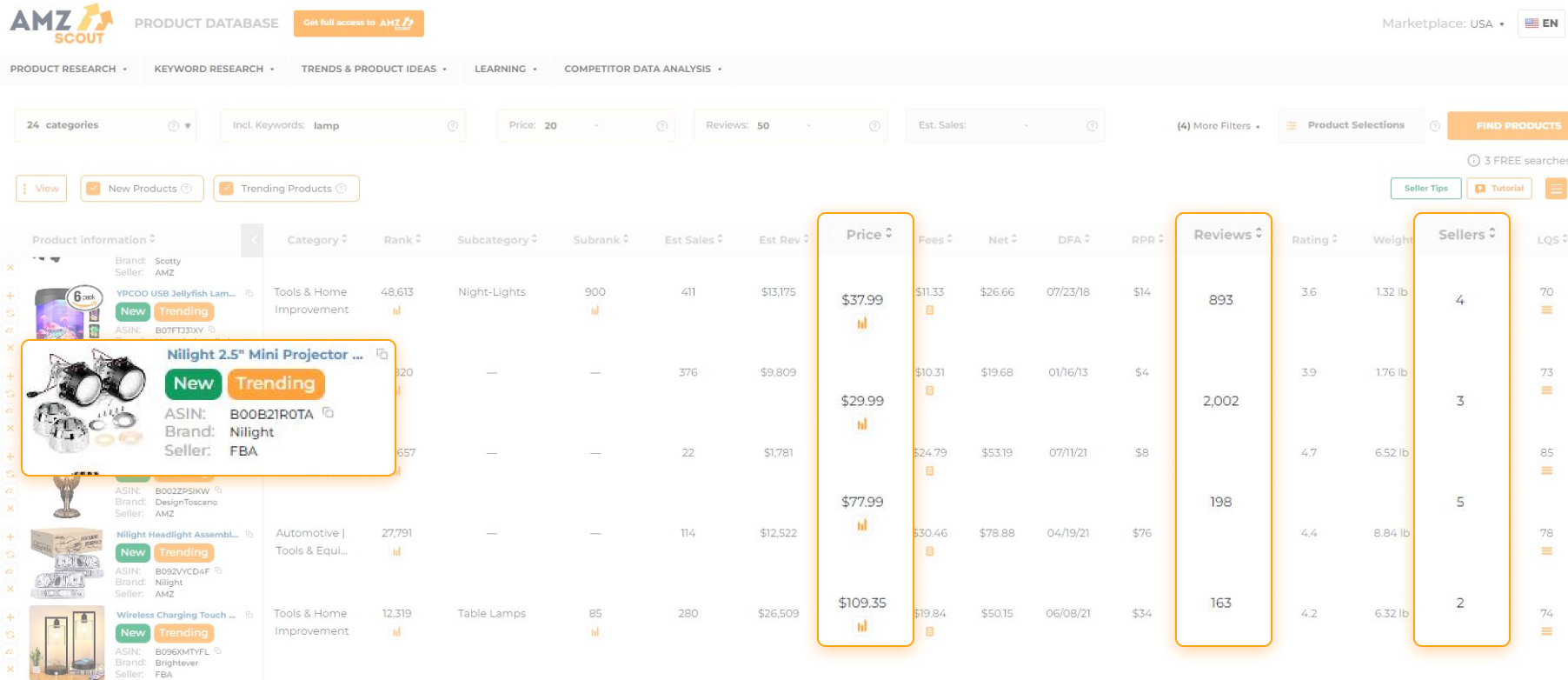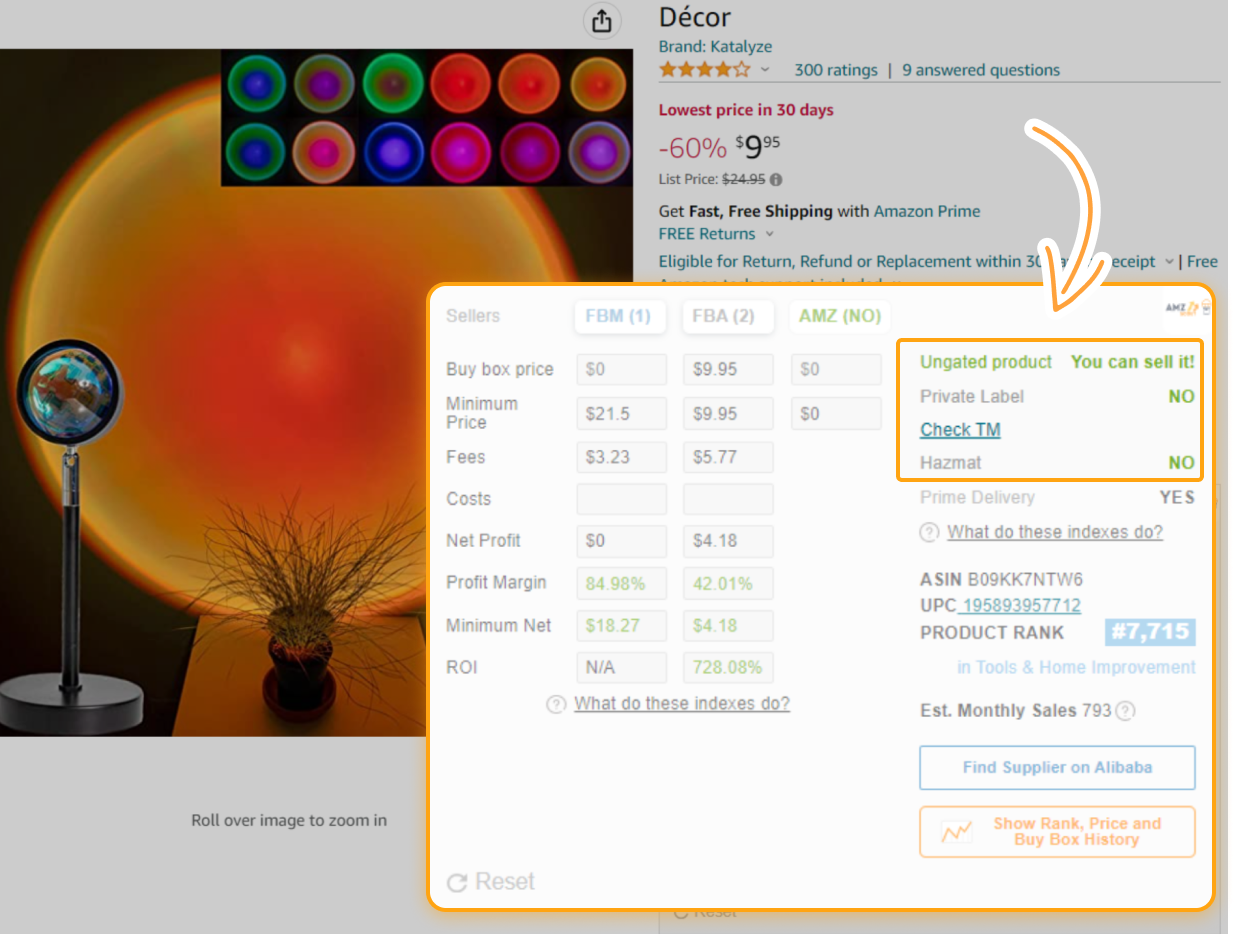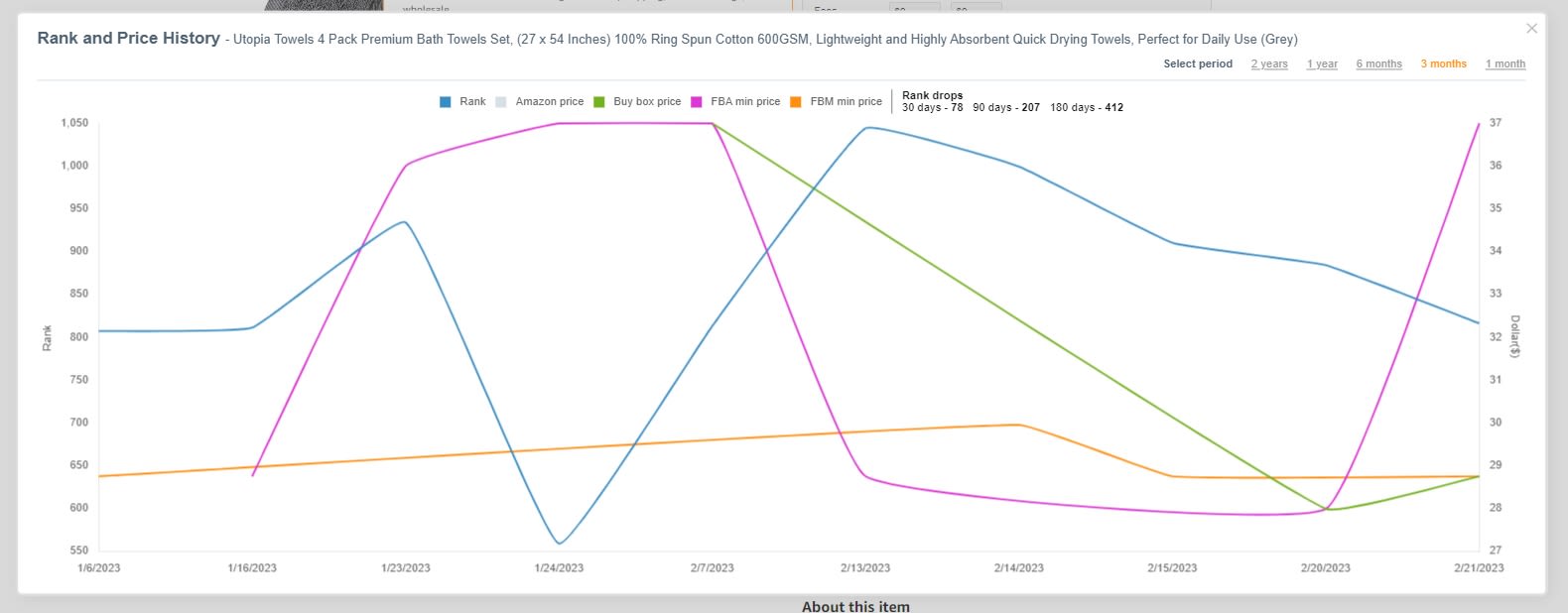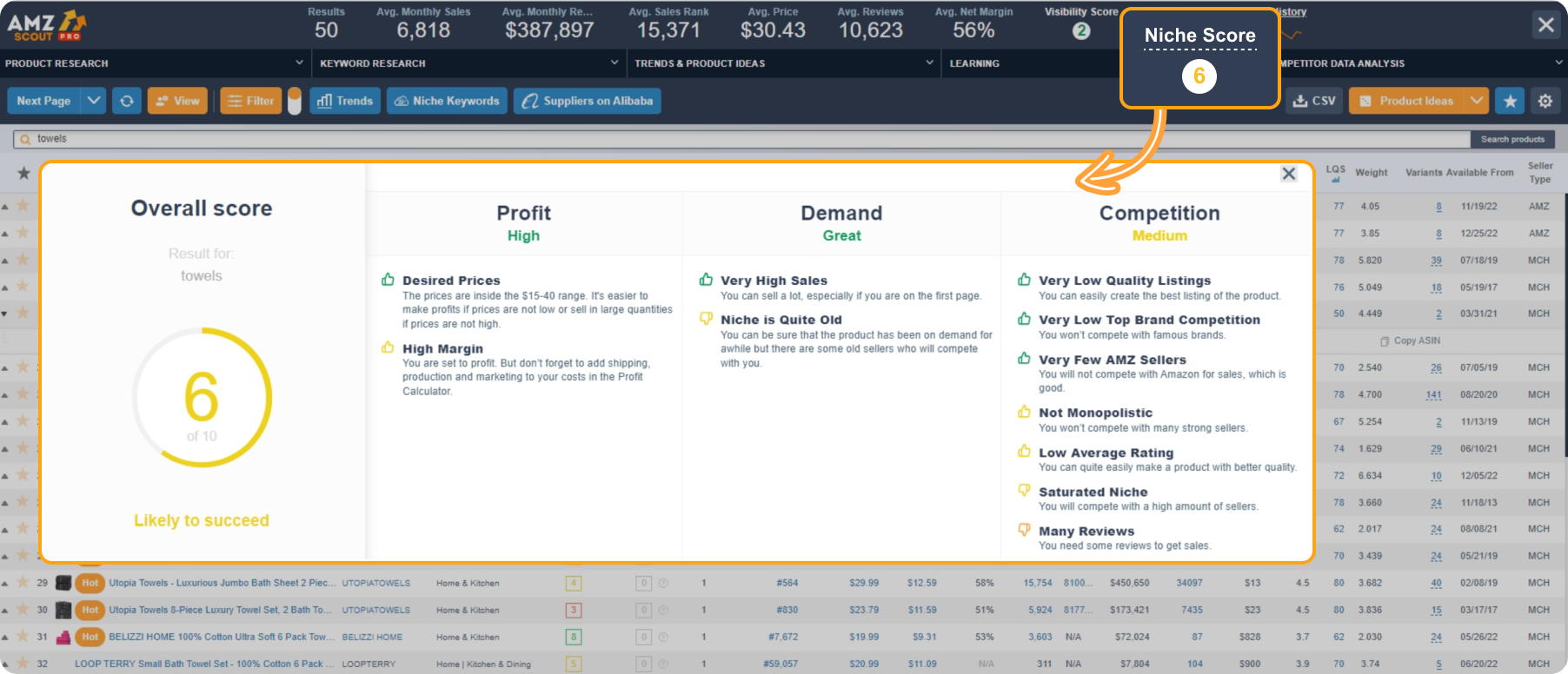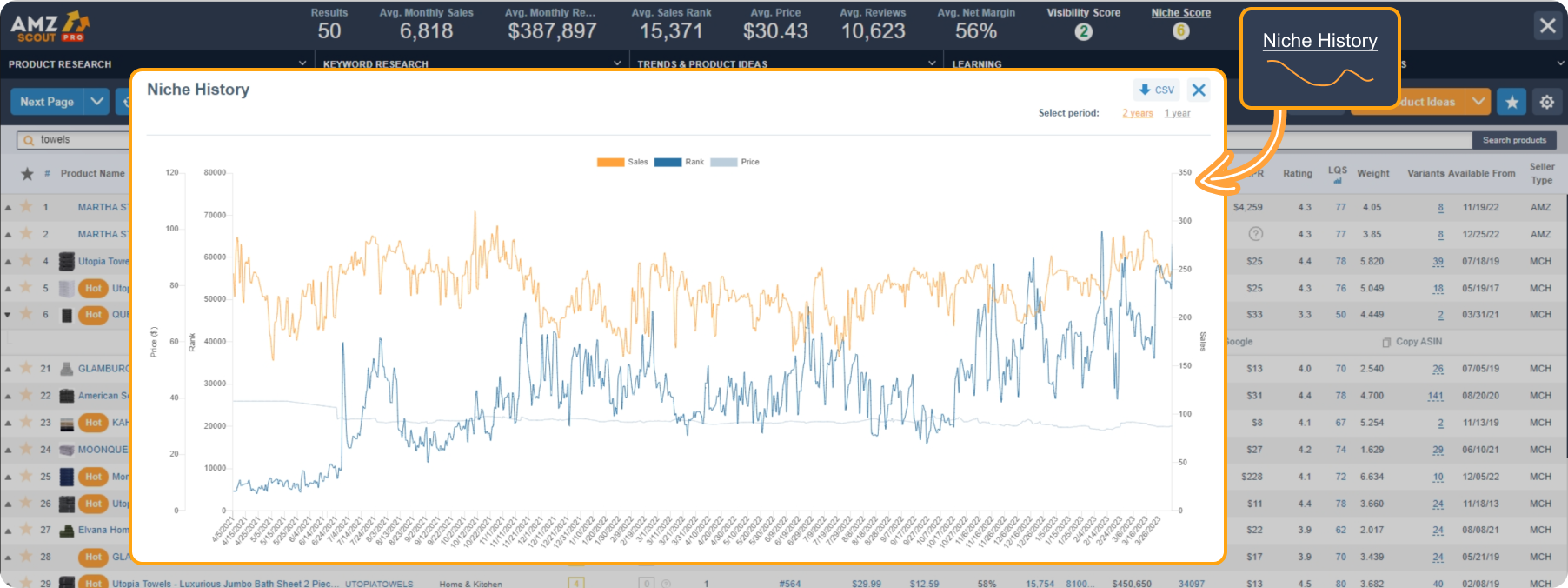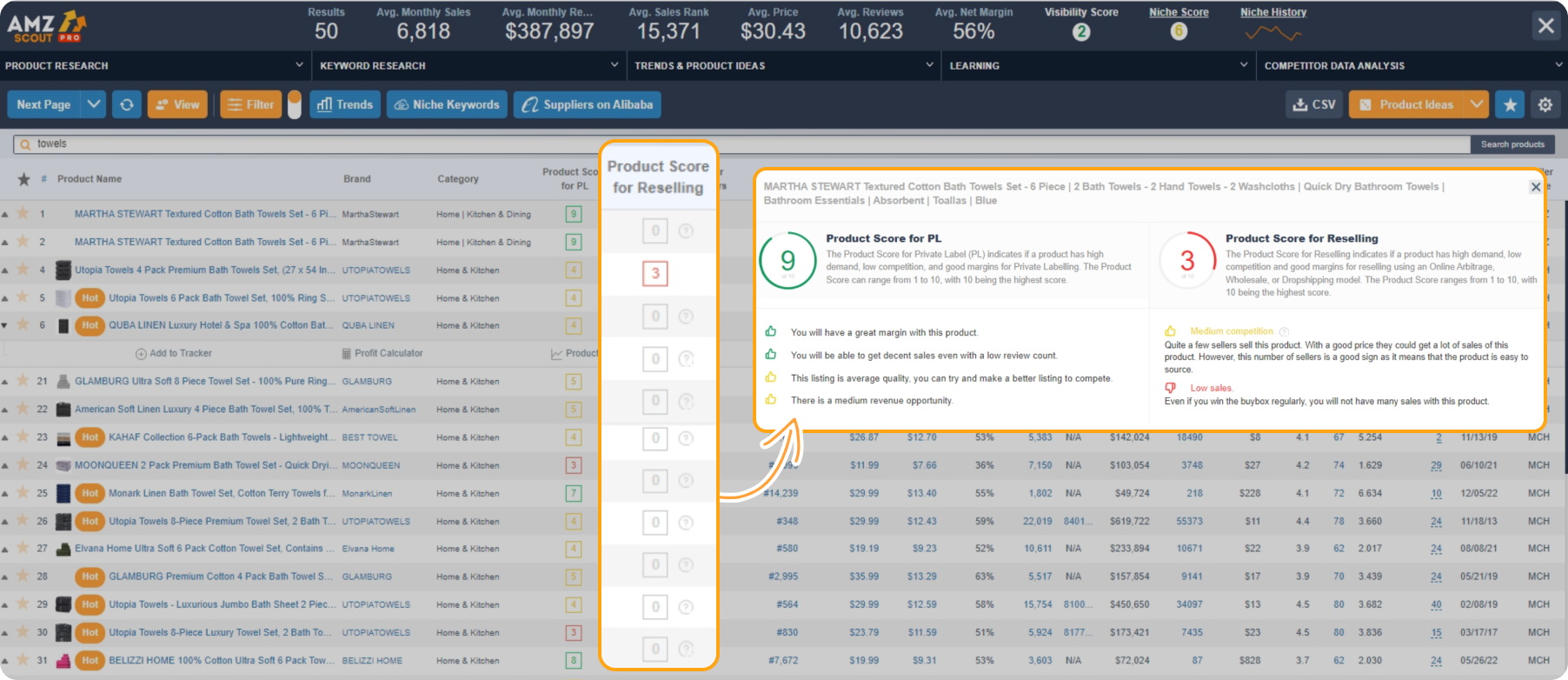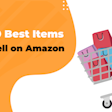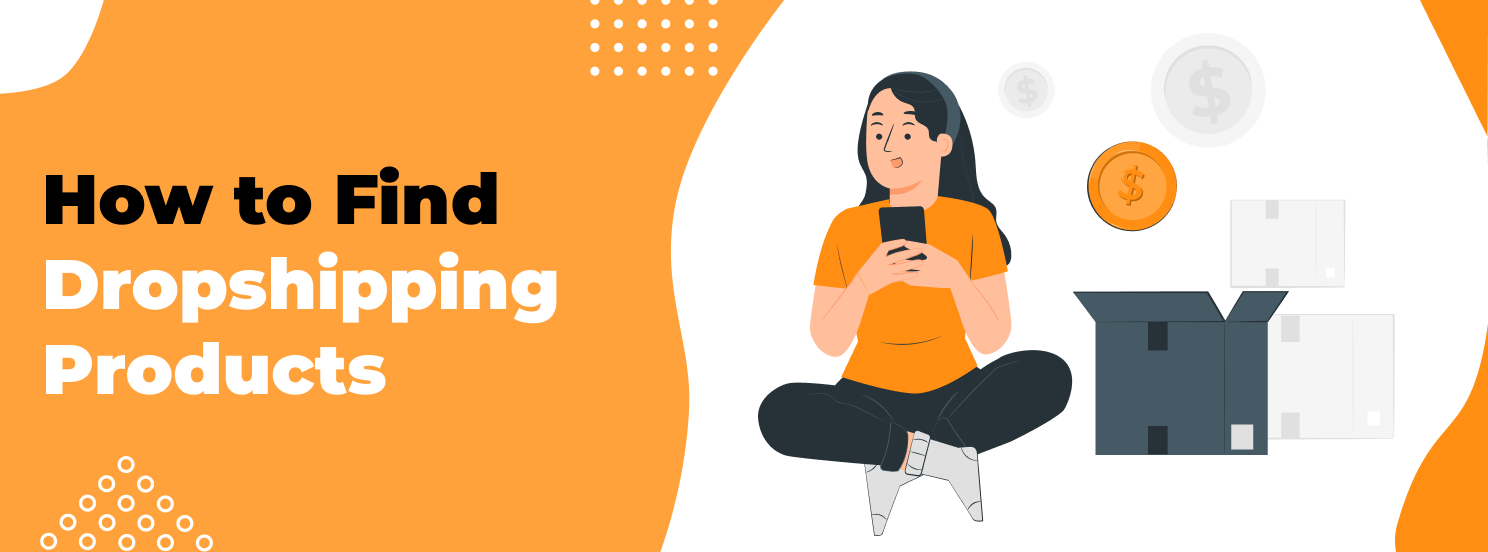
How to Find Dropshipping Products: 6 Effective Methods & Tools
Dropshipping (aka drop shipping, dropship business) has become a go-to option for many new entrepreneurs. Dropshipping is a business model that enables online retailers to offer a vast range of products without the need to store inventory. With its low startup costs and high profit potential, it's no wonder that dropshipping has gained immense popularity.
Table of contents
As with other forms of reselling, the key to success with this strategy lies in finding winning products. In this article, we will demonstrate how to perform quality dropshipping product research.
Product Research for Global Dropshipping Trends on Amazon
If you are looking for product ideas for dropshipping, begin with Amazon, which is the largest online marketplace in the world. This is where global trends are displayed and can be used as a useful reference when choosing a product.
How to find dropshipping products? There are five universal steps:
Make a list of desirable ideas.
Eliminate unsuitable ones.
Check each product thoroughly and calculate potential profitability.
Make sure that the sales metrics are stable.
Review all data and determine the best products to resell.
Step 1: Make a list of ideas that seem attractive with the help of AMZScout’s Product Database
To find profitable products on Amazon, start by filtering your search based on your interests and niche. Look for categories you're passionate about, hot items, or products sold by your dropshipping supplier:
1. Go to the AMZScout Product Database.
2. Begin your free trial. No payment card details are required at this stage.
3. Determine the key criteria that matter most to you. The filters you set will depend on your specific requirements and the niche you are targeting. However, here are some common filters you can use to refine your search:
Price range: $20-50
Set a price range that fits your budget and profit margin. In general, products priced between $20-50 tend to perform best for dropshippers.
Number of reviews: over 50
Set a minimum number of reviews to ensure that the product has enough social proof. This means that the product has been reviewed by enough customers to give you a good idea of its quality and reliability. Products that have at least 50-100 reviews are considered to be popular and well-liked by customers.
Number of Sellers: 2-20
As a general rule, you should avoid products that are already oversaturated with sellers. However, it's important to have at least two existing sellers on the listing. This indicates that the product is not a private-label item and is available for reselling. In most cases, setting a filter between 2-20 sellers is a good strategy.
4. Select “Find Products” to get your results.
Step 2: Eliminate unsuitable ideas using the Online Arbitrage and Dropshipping Extension
After you've found some potential product ideas on Amazon, it's time to evaluate them. To save time and effort, start by considering which products won't work for dropshipping on Amazon:
Products that contain hazardous materials. Hazmat items may require additional certifications, making them less than ideal products for novice dropshippers.
Products that belong to gated categories can also be challenging to sell. Selling in gated categories requires special approval from Amazon.
Private-label items. A private-label item may not be available for dropshipping, as it is exclusively sold by that brand owner.
Prime shipping option. The Prime shipping option can make it difficult for dropshippers to compete if they’re not able to offer the same fast delivery times. Sellers who can provide Prime shipping in this case may have an advantage.
One of the best tools for distinguishing between products that may or may not be suitable is the Online Arbitrage and Dropshipping Extension.
1. Install the Online Arbitrage and Dropshipping Extension by clicking on the link provided. This will set up the browser extension for you. Start your free trial by entering your information and creating an account. You won't need to provide any credit card details.
2. Go to the Amazon website and find the products you want to evaluate.
3. Check the data on each product. Look for the built-in window that provides key details about the product. Make sure it is neither a private label item, nor does it contain hazardous materials. Additionally, check to see if the product is in a restricted category, as this can impact your ability to sell it on Amazon.
Step 3: Check each product thoroughly and calculate potential profitability.
With your list of ideas and a clear understanding of which products definitely won't work for you, now it’s time to conduct a more detailed analysis of the products that still seem promising, to be absolutely sure. The Online Arbitrage and Dropshipping Extension will provide you with the following important data:
Number and types of sellers. To help you avoid competition, the number of sellers for the product should be less than 20. It's also worth noting that if Amazon itself sells the product, you'll face stiff competition and a lower likelihood of winning the Buy Box. Look for products that have both FBA and FBM sellers, as these tend to perform well.
Amazon fees. The fees for Amazon dropshipping typically fall within the range of 10-15% but may differ based on the type of product. These fees can have a significant impact on your profit margins, so it's crucial to factor them into your pricing strategy when evaluating potential products to sell.
Profit margins. You also need to keep in mind each product’s potential profit margins and earnings. When taking into account all expenses, the margin should be around 5-20% or higher. This will help ensure that you're selling products that will provide a healthy return on investment.
Estimated monthly sales. High estimated monthly sales indicate strong demand from customers. A product with at least 300 sales/month is considered to have a good level of demand and potential for profitability.�
Buy Box history. By analyzing this data, you can develop an effective pricing strategy that will help you secure the Buy Box and maximize your profits.
All of these criteria will help you determine whether it is worth selling this particular product. The built-in calculator will help you perform these calculations in a matter of seconds. Input the minimum price into the calculator to see your potential profits. By analyzing the trends in marginality, you can get an idea of what to expect if you have to sell at minimum prices.
Step 4: Make sure that the sales metrics are stable.
Once you've found promising items, it's important to verify that all of its metrics are consistent and that you have managed to find trending products. Additionally, it's advisable to examine the products’ sales history to get a complete picture. Here are some of the most important metrics that can help you choose the most profitable products to dropship:
High demand: Look for products that are in high demand. This will ensure that there is a steady stream of customers who are interested in your product, which can help you generate more sales and revenue.
Low competition: Choose products that have low competition to increase your chances of ranking higher in search results and making more sales. By focusing on niche products with less competition, you can stand out from the crowd and attract more customers.
High profit margins: Products that have high profit margins can make a decent profit after deducting all of your expenses. This will help you cover your costs and generate a healthy profit, which is essential for the long-term success of your business.
To check above criteria and avoid misconceptions about how successful a product is over time and within its niche, sellers can use the AMZScout PRO Extension.
1. Install the Amazon Product Finder - AMZScout PRO Extension on your browser.
2. Enter the niche of a product that interests you into the search bar. For example, if you want to sell electric pencil sharpeners, enter “electric pencil sharpener” in the Amazon search bar.
3. Сlick on the AMZScout icon located in the top right corner of your browser after opening a set of search results.
4. Click on Niche Score to analyze the niche in terms of demand, competition and potential profit. If the score is 7 or higher, this indicates that the niche is likely to be a winner, and therefore a wise choice from which to sell.
5. Check the Visibility Score. Return to the main screen to verify the Visibility Score, which is located right next to the Niche Score. The Visibility Score gauges the level of competition among potential sellers in the niche. If the score is 3 or lower, it indicates that only a few sellers have taken notice of this niche during their research process.
6. Check Niche History. On the main screen of the PRO Extension, select Niche History. Review the sales data for the niche from the past two years. Focus on niches that have generated consistent sales throughout the year, rather than those that are declining in sales, or experience fluctuations from one month to the next.
7. Сheck Product History. Click on the product name on the PRO Extension main screen, then click on the "Product History" icon. The sales metrics should be growing or stable, and the price graph should not drop down sharply.
8. Сheck Product Score for Reselling. In the column to the right of "Category," you'll find two important indicators: Product Score for Private Label and Product Score for Reselling. The latter is crucial for anyone interested in dropshipping. An ideal score is between 8 and 10. if the score is less than 6, this may indicate strong competition or low product sales.
Other Ways to Find Dropshipping Products
Amazon product research is a good place to start when it comes to finding the right items for your dropshipping business. To discover additional product ideas, you can also utilize social media and other helpful tools. Let's explore more platforms and methods for product research.
Google Trends
Google Trends is a free online tool provided by Google that allows users to explore the popularity and interest in specific search terms over time and across different regions. Visit the Google Trends website and enter relevant keywords to explore any item’s search interest over time and help you gauge the potential demand for a variety of products. You can also click on “Related Queries” for more ideas.
Pinterest Trends
Pinterest is a unique combination of both social media and a search engine, where users can save pins to create their virtual moodboards. By utilizing Pinterest Trends, you can discover the most popular pins saved by users over the past week or month. This tactic may help determine the level of demand for products among potential buyers.
Tik Tok
The popular social media platform TikTok has also emerged as a significant shopping channel for Gen Z consumers. To find your next dropshipping idea, explore the #TikTokMadeMeBuyIt hashtag, which actively encourages users to participate in social shopping experiences. Engage regularly with consumers in your desired industry and keep an eye on the Explore page to help you discover trending products on TikTok.
For a targeted approach, consider ordering a professional TikTok trends report that provides one or five curated product ideas aligned with current viral trends.
What other Platforms Can Be Used for Dropshipping?
Amazon remains one of the most popular choices for dropshipping, due to its unparalleled customer base and reputation. Besides Amazon, the most suitable options for dropshipping are eBay, Shopify, and AliExpress.
eBay is a long-standing platform that provides a diverse range of products and a vast customer base.
Shopify is a favored option for those looking to establish their own online store, with a plethora of features and integrations to simplify the process.
AliExpress is yet another alternative that offers an extensive selection of products at competitive prices.
In conclusion, dropshipping presents a unique opportunity for aspiring entrepreneurs to achieve high profits with minimal startup costs. However, success in this competitive market requires careful market research, strategic product selection, and staying ahead of trends while providing high-quality items from trusted suppliers. AMZScout product research tools for Amazon give you all the data you need to make informed decisions about which products to sell.

